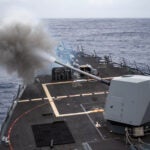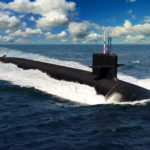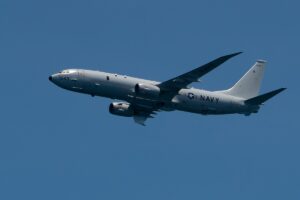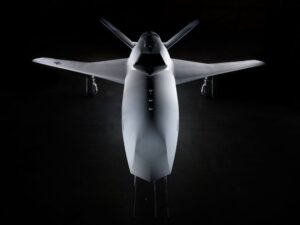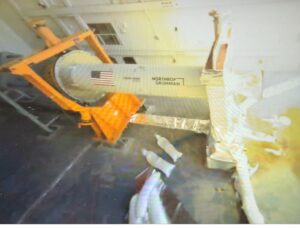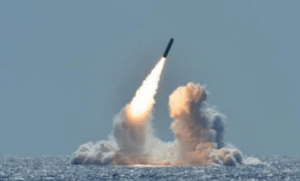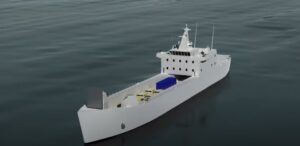
The House Armed Services Seapower and Projection Forces subcommittee’s mark of their portion of the fiscal year 2024 defense policy bill included provisions directing the Navy to brief them on expanding hypersonic weapon capabilities on naval platforms and reporting on potentially combining Army and Navy amphibious vessel programs. The committee’s report on its portion of the legislation said while it is supportive of the current plans for adding a common hypersonic weapon to both the Army and Navy, respectively, called…

 By
By 